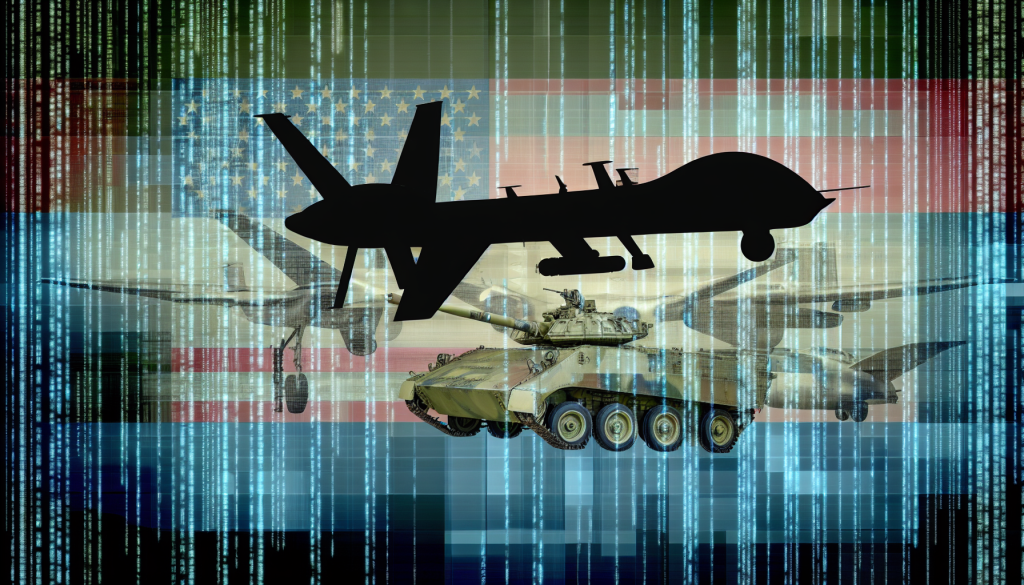The Rise of Drones: A Game Changer in Modern Warfare
AhlulBayt News Agency has recently highlighted a striking development in military technology: despite its immense military budget, the United States appears to be lagging behind in a crucial area—small, affordable drones. These uncrewed aerial vehicles have revolutionized modern battlefields, particularly evident in the ongoing war in Ukraine, where the dynamics of warfare are rapidly evolving.
Cost vs. Capability: The Drone Revolution
The conflict in Ukraine has showcased the remarkable effectiveness of low-cost drones. For instance, drones costing less than $1,000 have been employed to destroy tanks worth millions. This dramatic shift underscores a fundamental change in the cost-power balance of warfare. It poses a question: how did the U.S. military, traditionally accustomed to investing heavily in advanced fighter jets and armored vehicles, find itself caught off guard?
As military leaders scramble to adapt, U.S. bases have started training personnel on quadcopter drones. However, the pace at which this development is occurring still lags behind the urgent realities unfolding on the battlefield.
High-Level Concerns and Strategic Shift
Citing reports from CNN, it’s clear that U.S. defense officials are becoming increasingly aware of the threats posed by this technological gap. In July, U.S. Secretary of Defense Pete Hegseth stressed the need for accelerated drone adoption within the military. He pointed out the urgency of enhancing weapons lethality and underscored a critical concern: the risk of falling behind in a domain where technology is advancing at a breakneck speed.
Interestingly, Ukraine’s emerging role extends beyond being a beneficiary of U.S. support; it has transformed into an unexpected teacher for American strategists. Ukrainian President Volodymyr Zelensky has even proposed a collaborative $50 billion drone production plan during discussions with U.S. leadership, indicating a shift in the flow of military knowledge and technology.
The Ukrainian Advantage
What sets Ukraine apart is its ability to swiftly adapt drone technologies based on real-time battlefield feedback. In contrast, the U.S. military faces a range of structural challenges and bureaucratic hurdles that slow down innovation. Notably, the prohibition against using inexpensive Chinese components significantly inflates production costs for U.S. companies, making solutions up to 100 times more expensive than their Ukrainian counterparts.
While Ukraine aims to manufacture an ambitious four million drones within a single year, the Pentagon’s projections are more modest, forecasting only 3,000 units over two years. This disparity further highlights the challenges that the U.S. faces in matching the innovative zeal seen in Ukraine.
Ukraine as a Testing Ground for Future Warfare
The battlefield in Ukraine has morphed into a global laboratory for drone warfare, drawing interest from foreign startups eager to pilot their systems. Analysts suggest that the broader implications of this trend could reshape the nature of conflict well beyond Ukraine’s borders. With future warfare likely to increasingly rely on cheap, mass-produced drones, experts assert that this technological shift is irreversible.
As conflicts evolve, particularly in critical regions like the Indo-Pacific, the U.S. military must take proactive measures to prepare for a future where drone swarms could play a pivotal role in determining the outcome of engagements. The growing reliance on drones makes it imperative for military strategists to rethink their approach and embrace the rapid pace of technological change.
The evolving dynamics of modern warfare indicate that the United States must quickly adapt to these technological realities if it hopes to maintain its strategic advantages in the years to come.

